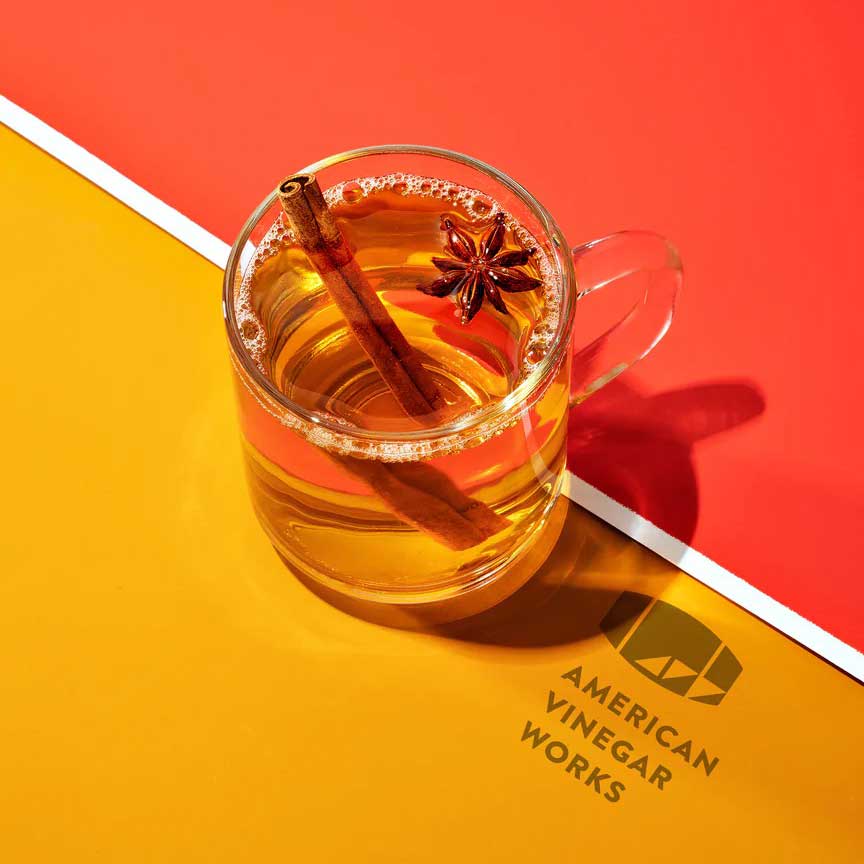If you haven’t cooked with dry beans this is the time to try. Why? Dry beans have a better texture than canned beans, you get a whole lot more bean for your money, AND cooking with dry beans in this type of recipe allows the flavor to really penetrate the bean during cooking and creates a beautiful thick broth meets sauce for coating the beans.
The first step requires a day of lead time but no effort.
Start by sorting through your beans to make sure there aren’t any small rocks in them. After that rinse the beans once or twice. Then put the beans submerged in a bowl of water and leave about 2 inches of water covering the beans. Let them soak, covered in the fridge overnight. The next day they will be ready to cook and you can drain out that water (or use the water if you don’t want to use stock).
Pot: I cook beans in a pressure cooker because I like the result and it makes it so much faster. If you don’t have a pressure cooker or don’t want to use a pressure cooker you can absolutely use a normal large pot that has a lid but it will be take you much longer (think a few hours low and slow). The good news is that this really is or can be a one pot meal.
Add olive oil to pot over medium heat. Slice bacon into about ¼ inch pieces and add to pot. Cook and render the bacon until just before it starts to crisp (we are not looking for breakfast crisp).
Add chopped fresh sage leaves to the pot. You should have enough oil between the bacon and the olive oil. If you do not you can add a little more olive oil so that the pot is not dry. Stir and let the sage cook for about 2 or 3 minutes.
Add minced onion to the pot, stir, and let the onion cook until it becomes translucent.
It is time to drain the beans and add them to the pot.
Add beef broth or stock (you can also use chicken, vegetable or simply the soaking bean water).
Add a parmesan rind. This is exactly what it sounds like. The old, hard edge that is left over once you are done grating your cheese. They are gold and are a fantastic way to flavor soups and stews. Start saving them.
Add a good pinch of salt.
Stir and close the pot. If you are using a pressure cooker definitely follow your manufacturer’s directions. For me, the way I do this, is to take the pressure cooker to high pressure. Once you get to high pressure turn down the flame to your low setting and let the pressure cook for about 20 minutes. Shut off the flame and let the pressure cooker release pressure naturally. Depending on the beans and your pressure cooker your beans may now be cooked through. If they are still hard repeat the process for another 10 minutes or so.
If you are doing this in normal pot (instead of a pressure cooker) you just have to go low and slow for at least an hour—keep an eye on liquid levels (you may need to add more stock).
Once the beans are tender enough you may find that there is still too much liquid in the pot. At this point cook on low heat with the lid off until the broth thickens a bit. You are going for beans coated with a thicker sauce, almost a braise, not a soup or stew.
At this point add in the cup of grated parmesan and stir.
Add 3 tablespoons of our California Sherry Vinegar, stir gently. I encourage you to taste the beans before and after adding the vinegar to see the impact.
Add fresh ground black pepper and adjust salt and vinegar to taste.
Plate the beans in a shallow soup bowl or deep plate and drizzle a small amount of olive oil over them and some fresh ground black pepper. Remember that these are fairly satisfying so you may want to start with a smaller serving. Serve with a bitter simple salad as a side (like arugula or radicchio). If you are keeping to the Mediterranean diet theme a good glass of wine also pairs beautifully.


